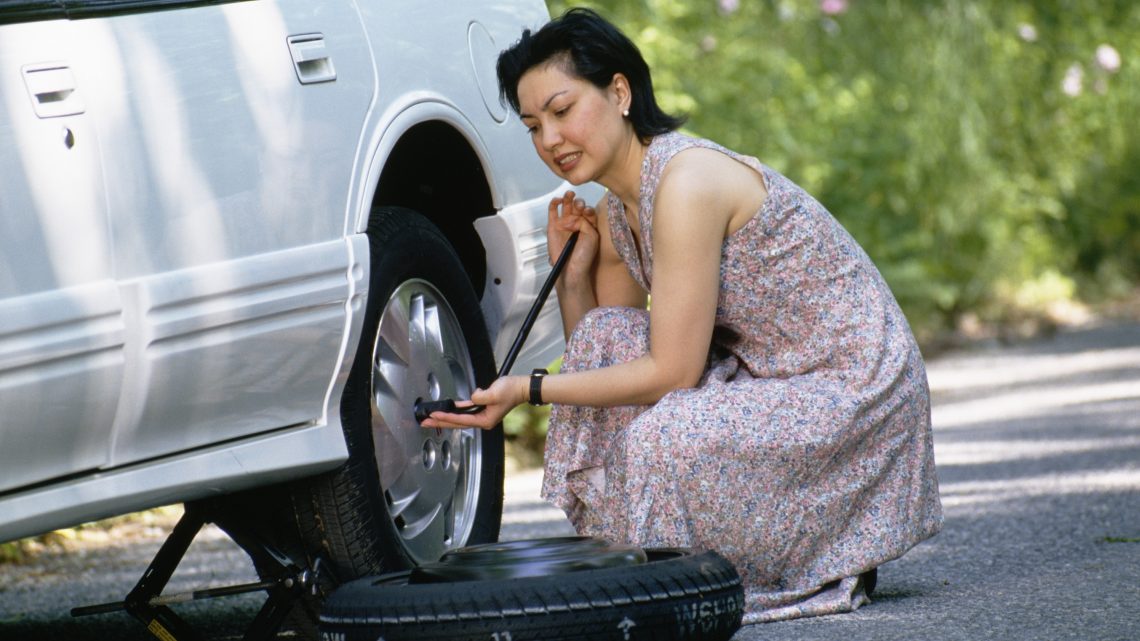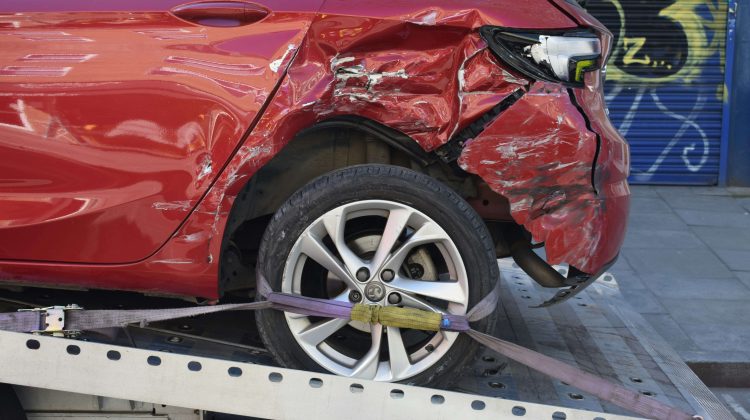Driver safety not only involves actions performed by the driver, but the car’s maintenance also plays an important role in preventing car accidents. One key factor in safe driving that sometimes goes unnoticed, until it becomes a problem, is worn tires. According to the NHTSA, there were 738 crash fatalities related to tire issues in 2017.
When tires are old and worn out it increases the chances of getting a flat or a blowout, which can cause a serious car accident if this happens when you’re driving down the road at high speeds. There are different ways you can identify if your tires need replacement.
The Penny Test
A penny can be used to see if the tire’s tread is deep enough so that it still has a good grip on the road, this is especially important to have in extreme weather conditions like rain or snow. The tread should be at least 2/32 of an inch. To do the penny test, take a penny and place the top of Lincoln’s head on the tire’s grooves. If Lincoln’s head is visible then your tires’ tread is too worn out and you might need to replace the tire. If you aren’t able to see Lincoln’s head then your tires are in good shape and don’t need replacement. A thin tread also makes it easier for something sharp like a nail to puncture the tire.
Lumps and Abnormalities
Check your tires for any bulges, discoloration, cracks or abnormalities that you find noticeable. Uneven wear on only one side or a weird shape on the tire’s surface are all indicators that there are issues with the tire. Uneven deterioration can also be an indicator of a mechanical problem and should be checked by a professional.
Steering Wheel Movements
Old tires will also show signs while driving, if you find that your steering wheel pulls itself to the left or right, if it vibrates, or you find it difficult to make sharp turns, these may all be signs that your tires need replacement. It’s recommended that you take your car to your local mechanic to have your tires checked and confirm that the steering wheel’s problems were caused by the old tires.
Tire’s Age
Regardless of the wear and tear that you may or may not notice on your tires, car manufacturers recommend that you replace your tires every six years. Tire manufacturers generally recommend you replace your tires at 10 years. If you’ve had your tires for over 5 years, check the tire manufacturer’s recommendations to see what their expected lifespan is.
Be Safe and Check Your Tires
There’s nothing more annoying than getting a flat tire, but regularly checking your tire’s condition is also important to avoid causing a car accident due to a tire blowout. Experts recommended that you have your tires inspected by a professional at least once a year to prevent other mechanical problems that can arise from bad tires. Proper tire care can extend its lifespan, save you money, and keep you and other drivers safe on the road.





No Comment